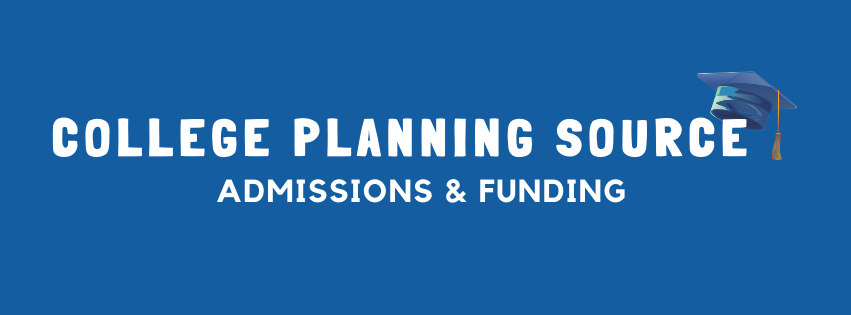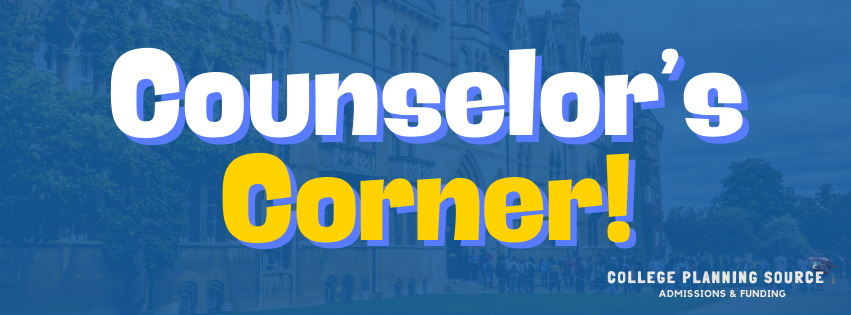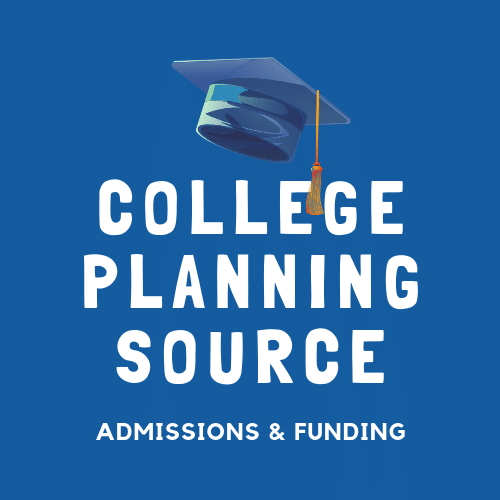-
Financial Aid
Understanding Educational Loan Types: Federal, Institutional, and Private Loans
Navigating the world of educational loans can be daunting for students and their families. Understanding the different types of loans, their terms, interest rates, repayment options, and the potential impact on your credit is crucial for making informed decisions. This article explores the various types of educational loans available: Federal Student Loans (Subsidized and Unsubsidized), Institutional Loans, Private Student Loans, Parent PLUS Loans, and Private Parent Loans.
Federal Student Loans
Federal student loans are funded by the U.S. government and offer several benefits over private loans, including lower interest rates and flexible repayment options.
Subsidized Loans
Terms and Eligibility:
- Eligibility: Based on financial need as determined by the Free Application for Federal Student Aid (FAFSA)
- Interest Rate: Fixed after the student attends school half-time or more (rate for 2024-2025 is 6.53%).
- Interest Accrual: The government pays the interest while the student is in school at least half-time, during the grace period, and during deferment periods.
- Loan Limits: Annual and aggregate limits apply.
Unsubsidized Loans
Terms and Eligibility:
- Eligibility: Not based on financial need; available to both undergraduate and graduate students.
- Interest Rate: Fixed (rate for 2024-2025 is 6.53% for undergraduates and 8.08% for graduate students).
- Interest Accrual: Interest accrues from the time the loan is disbursed.
- Loan Limits: Annual and aggregate limits apply.
Loan Limits:
- Annual aggregate limits (Subsidized and Unsubsidized) for an undergraduate student are:
- Freshmen: $5500
- Sophomore: $6500
- Junior: $7500
- Senior: $7500
- The maximum need-based amount for the subsidized loan by year is:
- Freshmen: $3500
- Sophomore: $4500
- Junior: $5500
- Senior: $5500
Common Features of Federal Student Loans:
- Repayment Grace Period: Six months after graduation or dropping below half-time enrollment.
- Repayment Plans: Various options, including standard, graduated, and income-driven repayment plans.
- Credit Impact: Minimal credit check required; good repayment behavior can positively affect credit history.
- Co-signature: Not required.
Institutional Loans
Some colleges and universities offer loans from their own funds or endowments. These loans can vary significantly in terms of interest rates and repayment conditions.
Terms and Eligibility:
- Eligibility: Determined by the institution; may require demonstration of financial need.
- Interest Rate: Varies by institution; often lower than private loans.
- Repayment Terms: Varies; may offer similar flexibility to federal loans.
- Co-Signature: Generally not required.
Private Student Loans
Private student loans are offered by banks, credit unions, and other financial institutions. They can be used to cover education costs that federal loans may not fully cover.
Terms and Eligibility:
- Interest Rate: Variable or fixed; typically higher than federal loans and based on creditworthiness.
- Repayment Terms: Varies by lender; often less flexible than federal loans.
- Repayment Grace Period: Varies; some lenders offer a grace period similar to federal loans.
- Co-Signature: Often required, especially for students without an established credit history.
- Credit Impact: Requires a credit check; affects credit score based on payment behavior.
Parent PLUS Loans
Parent PLUS Loans are federal loans that parents of dependent undergraduate students can use to help pay for college.
Terms and Eligibility:
- Eligibility: Based on the parent’s creditworthiness.
- Interest Rate: Fixed (rate for 2024-2025 is 9.08%).
- Repayment Terms: Begins immediately after disbursement, but parents can request a deferment while the student is in school.
- Repayment Grace Period: None, unless deferment is requested.
- Co-Signature: Not required, but a credit check is necessary.
- Credit Impact: Affects the parent’s credit history.
Private Parent Loans
Private parent loans are offered by private lenders to students’ parents. They function similarly to Parent PLUS Loans but are not part of federal financial aid.
Terms and Eligibility:
- Interest Rate: Variable or fixed; generally higher than federal loans.
- Repayment Terms: Varies by lender; less flexible than federal loans.
- Repayment Grace Period: Varies; some lenders may offer deferment options.
- Co-Signature: Typically not required, but a good credit history is necessary.
- Credit Impact: Affects the parent’s credit history based on payment behavior.
Best Practices for Applying and Managing Educational Loans
- Create a College Funding Plan: Start planning early. Estimate the total cost of education and explore all available financial aid options.
- Use Net Price Calculators: Utilize net price calculators available on college websites to get an estimate of the true cost of attendance after accounting for financial aid.
- Evaluate Loan Options: Compare federal, institutional, and private loans to find the best terms and rates for your situation.
- Apply for Federal Aid First: Fill out the FAFSA to maximize eligibility for federal aid, which typically offers the best terms.
- Plan for Repayment: Understand the repayment terms and develop a plan to pay off loans before borrowing. Consider the total amount of debt and your future earning potential.
- Monitor Credit: Keep track of your credit score and payment history. Timely payments can improve your credit, while missed payments can have long-term negative effects.
Educational loans can provide essential funding for college, but it’s important to understand the differences between loan types and make informed borrowing decisions. By planning ahead, using available tools like net price calculators, and developing a repayment strategy, students and families can manage educational debt effectively and focus on achieving academic and career goals.
Ready to get some guidance? Schedule a College Planning Assessment today!
Want college planning guidance delivered to you?
Sign up for our Counselor’s Corner Newsletter to receive helpful information and tips for
both parents and students on navigating the college admissions journey.



